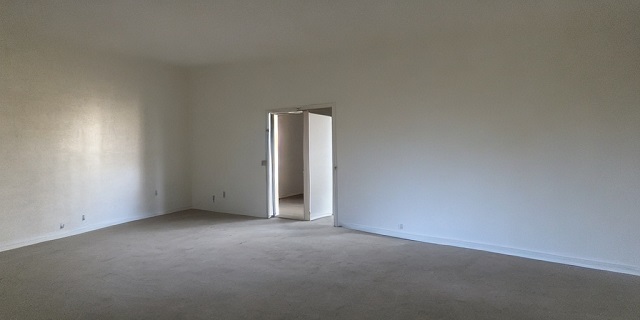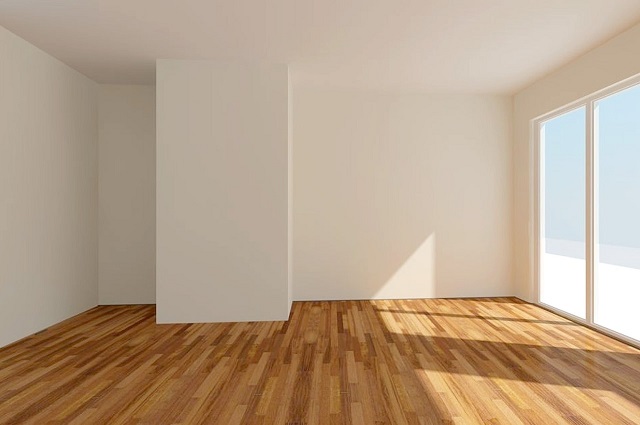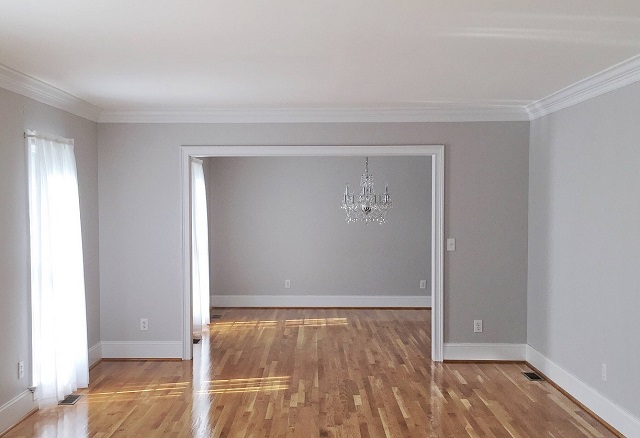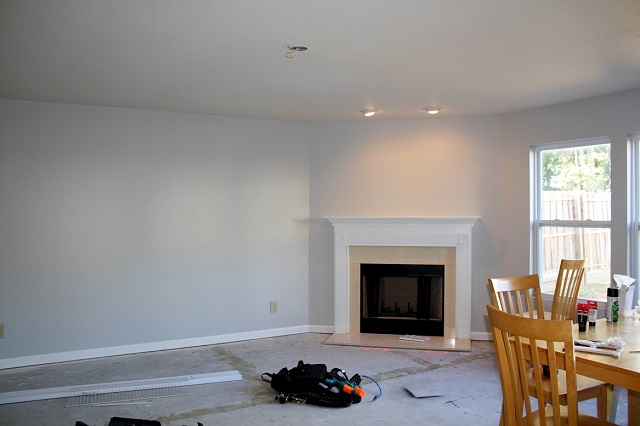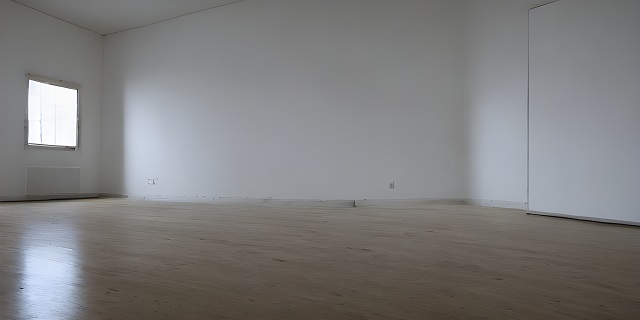Refurbishing cracked wall surface
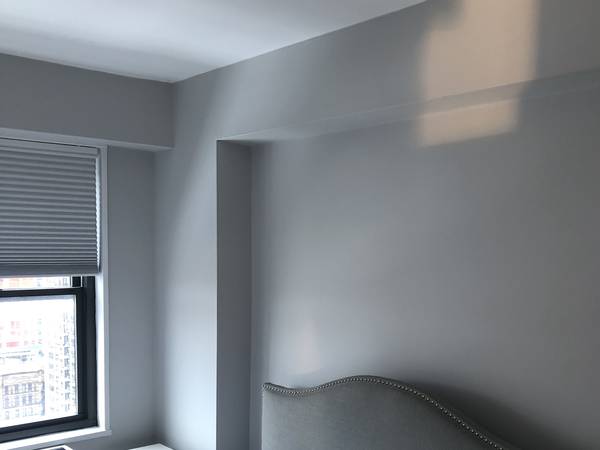
Table of Contents
Identifying the extent of the damage
When assessing the extent of damage on a wall surface, it is crucial to closely examine the visible cracks, chips, or peeling paint. These visible signs are indicative of underlying issues that need to be addressed to ensure a successful repair. By carefully inspecting the affected area, one can determine the severity of the damage and plan the necessary steps for restoration.
Furthermore, relying on tactile inspection techniques can provide valuable information about the depth and width of the cracks. Running one’s fingers over the damaged area can reveal hidden imperfections that may not be immediately visible to the naked eye. This hands-on approach allows for a more comprehensive assessment of the damage, aiding in the development of an effective repair strategy.
Inspecting for underlying causes of cracking
Upon identifying cracks in a wall surface, it is imperative to conduct a thorough inspection to determine the underlying causes of the damage. Start by examining the location and pattern of the cracks. Horizontal cracks may indicate structural issues, while vertical cracks could be a result of settling or foundation problems. Diagonal cracks are often attributed to lateral pressure from the surrounding ground or poor construction practices.
Once the initial assessment of the crack patterns has been completed, it is essential to inspect the surrounding areas for possible contributing factors. Check for signs of water damage, such as staining or mold growth, which could signify leakage issues. Additionally, evaluate the quality of the existing materials and construction techniques to ascertain if there were deficiencies in the initial build that have led to the cracking. By meticulously examining both the cracks and their context, you can pinpoint the root causes of the damage and devise an effective repair plan.
Choosing the appropriate repair materials
When selecting the optimal repair materials for a project, it is crucial to consider the nature and extent of the damage. Concrete cracks, for instance, may require different fillers than those needed for repairing drywall or wood surfaces. Understanding the specific requirements of the repair job is essential in ensuring a successful and long-lasting outcome.
Next, it is important to evaluate the compatibility of the repair materials with the surface to be repaired. Ensuring that the materials adhere well to the substrate can prevent future issues such as peeling or cracking. Additionally, considering factors such as flexibility, durability, and ease of application can help in choosing repair materials that will effectively address the damage and enhance the overall quality of the repaired surface.
Preparing the surface for repair
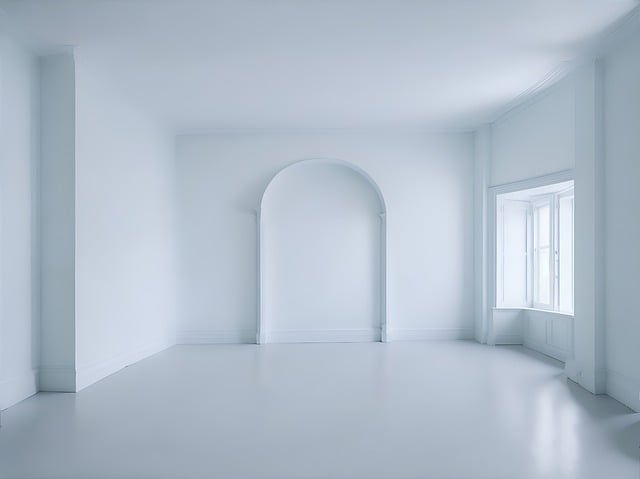
Before filling in any cracks on a damaged wall surface, it is crucial to adequately prepare the area for repair. This initial step sets the foundation for a successful restoration process. To begin, carefully assess the extent of the damage, identifying the size and depth of each crack. This evaluation will determine the appropriate repair materials and techniques needed for the job.
Once the damage has been assessed, the next step in preparing the surface for repair is to thoroughly clean the area surrounding the cracks. Remove any loose debris, dust, or flaking paint by gently brushing or vacuuming the surface. Ensuring a clean and debris-free surface is essential for proper adhesion of the filler material and subsequent layers of paint. Additionally, if there are any underlying causes of the cracking, such as moisture issues or structural problems, address them before proceeding with the repair process.
Filling in the cracks with a suitable filler
To effectively address cracks in the wall, it is essential to fill them with a suitable filler. The selected filler should match the composition of the wall material to ensure a seamless repair. Prior to application, it is recommended to thoroughly clean the cracks to remove any debris or loose particles that may impede the adhesion of the filler. This step is crucial in preparing a solid foundation for the filler to bond with the existing surface, preventing future cracking or peeling.
Once the cracks are clean and prepped, carefully apply the filler using a putty knife or a similar tool. Ensure that the filler is pushed into the cracks evenly and smoothly, eliminating any air pockets or gaps that could compromise the integrity of the repair. It is essential to work diligently and precisely during this process to achieve a level surface and a professional finish. After filling in the cracks, allow the filler adequate time to dry completely before proceeding to the next stage of the repair process.
Smoothing out the filled cracks
After filling the cracks with a suitable filler, the next step in the repair process is to ensure that the surface is smooth and level. This is crucial for achieving a seamless and professional finish. Using a putty knife or similar tool, gently smooth out the filled cracks, making sure to remove any excess filler and create a flush surface with the surrounding area. Take care to blend the edges of the filled cracks with the rest of the wall to avoid any noticeable differences in texture or appearance.
Achieving a perfectly smooth finish may require multiple passes with the putty knife to ensure that the filler is level and even. Pay close attention to any ridges or bumps that may form during the smoothing process, as these can be easily corrected with additional smoothing and feathering out of the filler. The goal is to create a uniform surface that seamlessly integrates the repaired area with the rest of the wall, providing a flawless canvas for the next steps in the painting process.
Allowing sufficient time for the filler to dry
Once the cracks have been filled with a suitable filler, it is crucial to allow ample time for the filler to dry completely before moving on to the next step in the repair process. Rushing this drying phase can compromise the integrity of the repair and lead to further issues down the line. The exact drying time will vary depending on the type of filler used and environmental conditions, so it is essential to consult the manufacturer’s instructions for specific guidance.
Patience is key during this stage of the repair process. Attempting to sand or paint over filler that has not fully dried can result in a subpar finish and potential structural issues. To ensure a successful repair that lasts, carefully follow the recommended drying time before proceeding with the subsequent steps in restoring the wall surface to its original condition.
Sanding down any excess filler
After the filler has sufficiently dried, the next step in the repair process is to sand down any excess filler until it is flush with the surrounding wall surface. This step is crucial in achieving a seamless finish and ensuring that the repaired area is indistinguishable from the rest of the wall. Using fine-grit sandpaper, gently sand the filled cracks in a circular motion until the surface is smooth to the touch. Be careful not to oversand, as this can result in uneven surfaces or visible lines where the filler meets the wall.
Sanding down excess filler requires patience and attention to detail to achieve professional results. Take your time and periodically check the smoothness of the surface by running your hand over the repaired area. If there are any rough patches or uneven spots, continue sanding until the surface is uniformly smooth. Once you are satisfied with the smoothness of the filled cracks, you are ready to proceed to the next step in the repair process.
Applying a priming coat to the repaired area
To ensure the longevity and quality of the repair work on the damaged wall surface, applying a priming coat is an essential step in the renovation process. The priming coat serves as a foundation for the subsequent layers of paint, improving adhesion and promoting a uniform finish. Prior to applying the primer, carefully inspect the repaired area for any remaining imperfections or rough patches that may need further attention.
When selecting a primer for the repaired surface, opt for a high-quality product that is specifically formulated for the type of paint being used. Apply the primer evenly using a paintbrush or roller, ensuring complete coverage over the repaired area. Allow the primer to dry thoroughly according to the manufacturer’s instructions before proceeding with the application of the paint. The priming coat not only enhances the bond between the paint and the repaired surface but also helps to seal and protect the underlying repair work for lasting durability.
Selecting the right paint color and finish
When choosing the right paint color and finish for a repaired wall surface, it is essential to consider the overall aesthetic of the space and the desired outcome. The color of the paint should complement the existing decor and architectural features of the room. Additionally, the finish of the paint plays a crucial role in the appearance and durability of the repaired area. Matte finishes are ideal for hiding imperfections, while gloss finishes can add a touch of elegance and are easier to clean.
It is recommended to test the selected paint colors on a small inconspicuous area of the wall to ensure that it matches the existing paint color and lighting conditions in the room. Consideration should also be given to the mood and ambiance you wish to create in the space. Warm tones can create a cozy and inviting atmosphere, while cool tones can evoke a sense of tranquility and sophistication. Ultimately, selecting the right paint color and finish is a crucial step in the repair process to achieve a seamless and cohesive look for the repaired wall surface.
Painting the repaired wall surface
Inspecting the repaired area for any imperfections is crucial before proceeding with painting. Carefully examine the filled cracks to ensure they are completely smooth and level with the rest of the wall surface. Any remaining rough areas or inconsistencies should be addressed before applying paint to achieve a flawless finish.
Touching up any missed spots or uneven areas is a meticulous task that requires attention to detail. Using the same paint color and finish as the rest of the wall, carefully fill in any gaps or areas that may have been overlooked during the initial painting process. This final step will ensure a seamless and professional appearance, enhancing the overall aesthetics of the repaired wall surface.
Ensuring even coverage of paint
To achieve a flawless finish when painting a repaired wall surface, it is crucial to ensure even coverage of paint. This step requires attention to detail and precision in application. Begin by using a high-quality roller or brush to apply the paint evenly across the repaired area. Avoid heavy-handed strokes or excessive pressure, as this can result in uneven distribution of the paint.
Once the first coat is applied, allow it to dry completely before assessing the coverage. If any areas appear lighter or patchy, apply a second coat using the same technique as before. Take care to blend the second coat seamlessly with the first to create a consistent finish. Regularly step back to inspect the painted surface from a distance to identify any potential irregularities in coverage. Remember that patience and diligence are key to achieving a professional-looking result.
Inspecting the repaired area for any imperfections
After the completion of the repair work, it is imperative to scrutinize the repaired area meticulously for any imperfections. This step is crucial in ensuring that the repair has been executed to the highest standards of quality. Begin by examining the surface for any visible cracks, unevenness, or inconsistencies in texture. Run your hands over the area to detect any rough patches or irregularities that may require further attention.
Next, inspect the repaired section from different angles and under various lighting conditions to catch any imperfections that may go unnoticed at first glance. Look out for differences in color, sheen, or thickness of the paint application, as these can indicate areas that need to be touched up or reworked. Take your time during this inspection process, as a thorough assessment now can prevent the need for additional corrections later on. Remember, attention to detail is key in achieving a seamless and flawless repair job that blends seamlessly with the surrounding surface.
Touching up any missed spots or uneven areas
After completing the initial painting of a repaired wall surface, it is crucial to thoroughly inspect for any missed spots or uneven areas that may have been overlooked. Even the most meticulous painting job can sometimes result in imperfections that need addressing. Touching up these missed spots ensures a flawless finish that enhances the overall appearance of the painted surface. By taking the time to carefully examine the repaired area, you can identify any discrepancies in the paint coverage and address them promptly.
To effectively touch up any missed spots or uneven areas, begin by preparing the necessary paint color to match the existing wall. Using a small brush or roller, carefully apply a thin layer of paint to the affected area, blending it seamlessly with the surrounding surface. Pay close attention to detail, ensuring that the touch-up paint matches the texture and sheen of the surrounding area to create a seamless finish. Allow the touch-up paint to dry completely before assessing the repaired area to ensure that the imperfections have been successfully addressed.
Sealing the repaired surface for long-lasting durability.
To ensure the long-lasting durability of the repaired surface, sealing is a crucial final step in the restoration process. Selecting a high-quality sealant that is specifically designed for the type of surface being repaired is paramount. The sealant creates a protective barrier that helps to prevent future damage from moisture, dirt, and other external factors. It also aids in maintaining the structural integrity of the repaired area, extending the longevity of the fix.
Applying the sealant evenly and thoroughly is essential for optimal protection. Make sure to follow the manufacturer’s instructions regarding drying times and recommended number of coats. Properly sealed surfaces not only look better but also resist wear and tear more effectively, ultimately ensuring that the repair work remains intact for an extended period.

